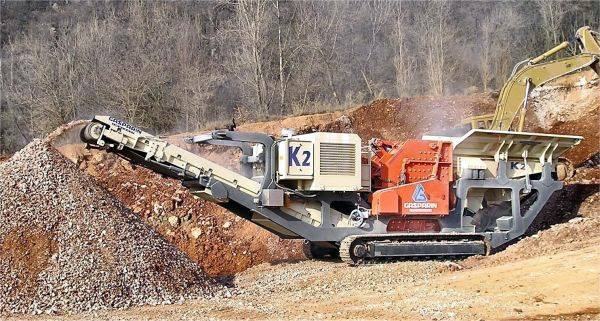Much of the research to date to reduce the environmental impacts of concrete has focused on the partial replacement of cement with industrial by-products, such as fly ash, ground granulated blast furnace slag, and silica fume.
Undeniably, recycling old concrete into material suitable for structural applications has some added costs for higher quality control, but the process is likely to be more cost-effective and more sustainable than mining, processing, and transporting new natural aggregates. Given the recent emphasis on improving our nation’s aging infrastructure, increases in the supply of recycled concrete and the demand for new concrete will be significant.
The primary obstacles against their increased utilisation include the variability of recycled material properties and quality from different sources, limited fundamental research on the mechanical behaviour of recycled concrete aggregates concrete, limited research on the long-term behaviour of recycled concrete aggregates concrete, and no engineering guidelines or standards for the design and construction of reinforced concrete structures with significant levels of recycled concrete aggregates.

Aiming to address these issues, research in the Department of Civil and Environmental Engineering and Earth Sciences at the University of Notre Dame in Indiana has been experimentally and analytically demonstrating that recycled concrete aggregates is a viable substitution for natural aggregates in reinforced concrete building construction.
To gain knowledge of the fundamental material behaviour of recycled concrete aggregates concrete, researchers focused on characterizing the regional variability in the recycled concrete aggregates properties and quality, methods of replacing natural aggregates with recycled material, and the effects on hardened concrete behaviour.
It was observed that increased water absorption of recycled concrete aggregates and often significant amounts of deleterious materials left over from demolition (such as, brick, wood, asphalt, and glass) could be used as indicators to help predict the strength and stiffness of concrete made using a particular recycled concrete aggregates. Generally, recycled concrete aggregates concrete has reduced strength and stiffness with increased recycled concrete aggregates water absorption and deleterious material content, although this effect is much more significant on the concrete stiffness.
Provided that specified limits on the recycled concrete aggregates water absorption and deleterious material content are met, material from typical recycling plants in the United States can produce 100 percent replacement of natural aggregates in new concrete with compressive strength and stiffness adequate for structural applications.
The results from this research help to provide guidance for quantifying the effects of recycled concrete aggregates on the mechanical and structural behaviour at service-level and ultimate limit states. According to Yahya Kurama, a professor of civil engineering at the University of Notre Dame and principal investigator of the research funded by the National Science Foundation, “these results could be used by engineers to design concrete structures that incorporate varying amounts of RCA [recycled concrete aggregates] for reduced environmental impact than concrete structures made with natural aggregates.”